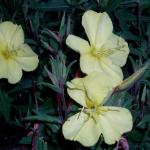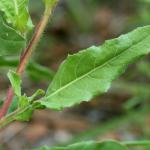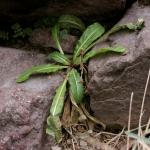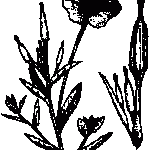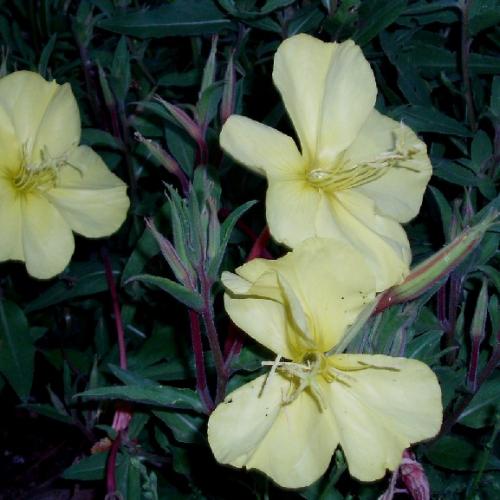Oenothera organensis (Organ Mountains Evening Primrose)
| USFWS | State of NM | USFS | BLM | Navajo Nation | State Rank | Global Rank | R-E-D Code | NMRPTC Status | Strategy Status |
|---|---|---|---|---|---|---|---|---|---|
| S2 | G2 | 2-1-3 | R | SS |
| Overall Conservation Status | Documented Threats | Actions Needed |
|---|---|---|
| MODERATELY CONSERVED | Livestock ranching/farming |
Status surveys on abundance, distribution and threats (drought, grazing, fire, flood erosion). |
*New Mexico Native Plants Protection Advisory Committee. 1984. A handbook of rare and endemic plants of New Mexico. University of New Mexico Press, Albuquerque.
*Dietrich, W., P.H. Raven and W.L. Wagner. 1985. Revision of Oenothera sect. Oenothera subsect. Emersonia (Onagraceae). Systematic Botany 10(1):29-48.
Levin, D.A., K. Ritter and N.C. Ellstrand. 1970. Protein polymorphism in the narrow endemic Oenothera organensis. Evolution 33:534-542.
For distribution maps and more information, visit Natural Heritage New Mexico


